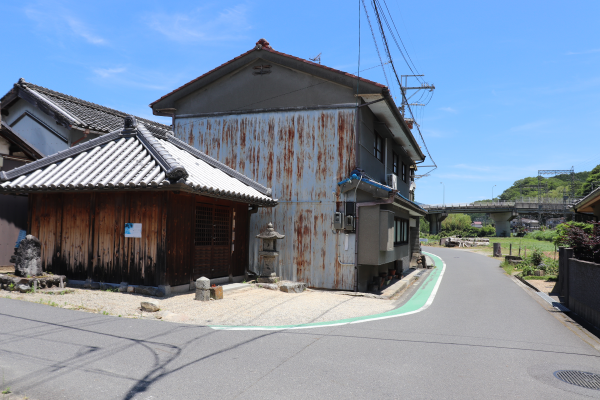Ise Honkaido 6: Sakurai to Hase-dera
Going over several mountain chains and stretching through mile after mile of the picturesque Japanese countryside, the Ise Honkaido is the ancient and sacred road that connects Osaka to Ise Jingu Shrine. This time, we explored the section that goes from Sakurai to Hase-dera Temple. It is only 10km down a paved road, but gradually the landscape of trail changes from flat fields to a defined mountain ridge as we depart the Nara Basin.
See here for the other entries of our Ise Honkaido series. Also, this is part of the Tokai Nature Trail.
Ise Honkaido 6: Sakurai to Hase-dera Temple
And so, we resume our journey from Tsubaichi. Tsubaichi is the intersection of several major roads such as Kamikaido, Yamanobe no Michi, and the Yokoo-ji.
The Yamatogawa River flows near Tsubaichi, so people used to sail to Tsubaichi and then travel to the ancient capital in Nara on foot from there. It is said that Tsubaichi was quite a busy place with bustling markets, but now there is almost nobody around here .



As we made our way towards the mountains of Nara, we found Tamatsura Shrine. Tamatsura Shrine is a lesser shrine of Omiwa Shrine and enshrines the child of Omonuchi (the god of Omiwa Shrine). The shrine is mostly famous for its beautiful camelias.
Make sure to drop by the convenience store near Tamatsura Shrine because there will not be any for another 10km until Haibara! Hase-dera is a famous tourist spot, but for some reason, there aren’t any near there!


After a stop in the shrine and a quick restock in the convience store, we continued along the Ise Honkaido, which more or less follows National Highway 165. The trail occasionally dips into small neighborhood allies that lined with old houses. It was really fun seeing these old houses as it really helped creat the sense that we were indeed following an ancient road!




After an hour hike along the big highway, a giant board saying “Welcome to Hase-dera Temple” will greet you. At this point, the Ise Honkaido will fork away from the highway down a small road that will take you to Hase-dera Temple.
You can also walk the Tokai Nature Trail, which follows the Yamatogawa River to Hase Dam. Just take the right near the entrance of Hase-dera Temple.


Hase-dera Temple
Here we are at Hase-dera Temple. It is 8th temple of the Saigoku Kannon Pirglimage and defintely one of the most popular one among those 33 temples. Also, there are several restaurants and souvenir shops along the road to the temple.
Hase-dera is particularly famous for the beautiful flowers that bloom on the temple grounds. If you can, try to drop by here in the spring!

So this is it today. It was rather short only 1-2 hours hike from Sakurai, however, our final destination is still far, far away!!


Leave a Reply